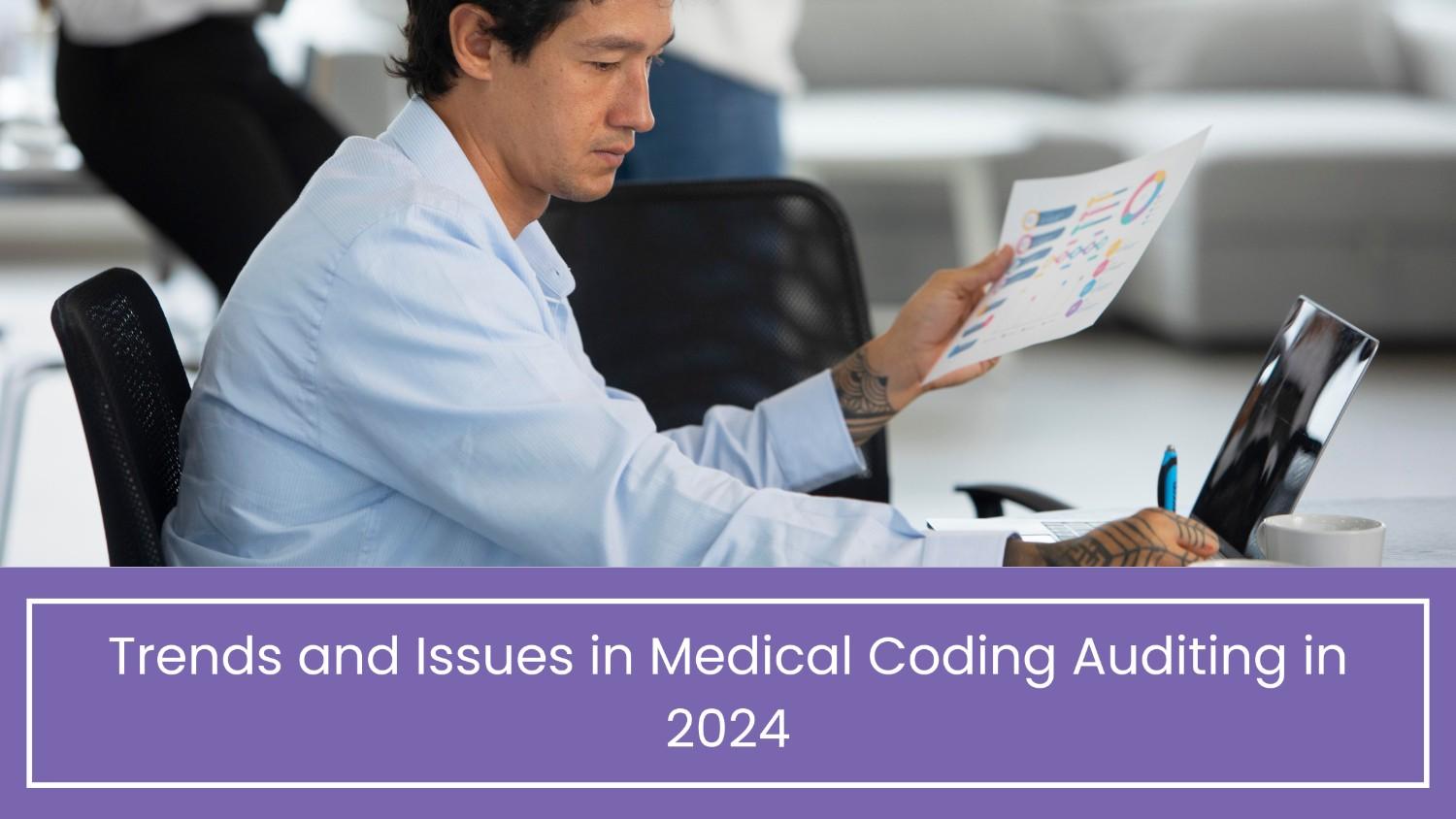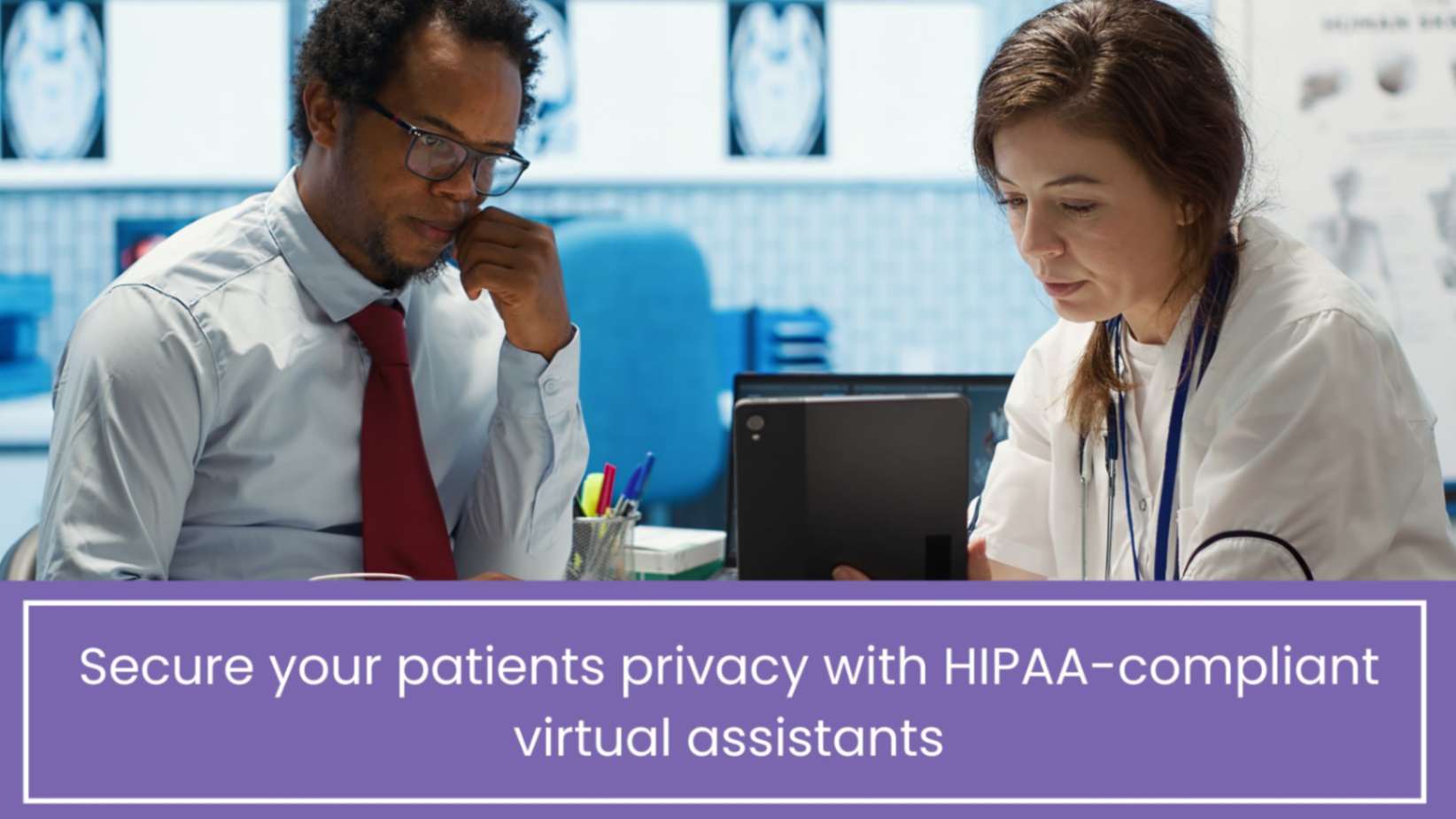Trends and Issues in Medical Coding Auditing in 2024
The landscape of healthcare administration is marked by its continual evolution, with medical coding standing as a linchpin in the intricate web of financial operations. In the complex world of healthcare finance, accurate billing and reimbursement are not just financial imperatives; they are the lifeblood that sustains the very infrastructure of healthcare organizations. As we embark on the journey into 2024, the trends and issues in medical coding auditing are set to cast a significant influence on the trajectory of healthcare administration.
Table of Contents
The Crucial Role of Medical Coding Auditing in 2024
At its core, medical coding is the process of translating intricate medical records and procedures into standardized codes. These codes, such as those from the International Classification of Diseases (ICD) or the Current Procedural Terminology (CPT), serve as the language through which healthcare providers communicate with payers, government entities, and each other. This coded information is pivotal for billing accuracy, reimbursement determination, and maintaining the financial equilibrium of healthcare organizations.
Navigating the Evolving Terrain
The advent of a new year brings with it a fresh set of challenges and opportunities for healthcare professionals, especially those immersed in the realm of medical coding auditing. These challenges stem from both internal and external factors, ranging from technological advancements and regulatory changes to the transformative impact of global events, such as the ongoing pandemic. The ability to navigate and adapt to this dynamic landscape is paramount for healthcare organizations striving to maintain financial stability.
AI and Automation Integration
- Automation is transforming medical coding auditing, with artificial intelligence (AI) algorithms becoming increasingly proficient in reviewing and analyzing large datasets. Automated auditing tools are designed to identify coding errors, compliance issues, and discrepancies with greater speed and accuracy than manual methods.
- The integration of AI not only streamlines the auditing process but also helps healthcare organizations to detect and rectify coding errors promptly, reducing the risk of revenue loss due to coding inaccuracies.
Data Security Concerns
- With the rise of digital health records, the security of patient information has become a paramount concern. As medical coding auditing involves accessing and analyzing sensitive healthcare data, ensuring robust cybersecurity measures is crucial to prevent data breaches and protect patient privacy.
- Striking a balance between accessibility for auditors and safeguarding patient information is an ongoing challenge that healthcare organizations need to address in 2024.
Telehealth Impact
- The widespread adoption of telehealth services has introduced new challenges for medical coding auditors. Coding and billing for virtual visits, remote patient monitoring, and telemedicine services require a nuanced understanding of evolving regulatory guidelines.
- Auditors need to stay abreast of the latest coding updates related to telehealth to ensure accurate reimbursement and compliance with ever-changing healthcare policies.
Focus on Education and Training
- The complexity of medical coding necessitates continuous education and training for auditors. In 2024, there is a growing emphasis on providing comprehensive training programs to ensure auditors are well-versed in the latest coding guidelines and industry best practices.
- Investing in the professional development of medical coding auditors contributes to improved accuracy, compliance, and overall efficiency in healthcare organizations.
Regulatory Changes and Compliance Challenges
- Regulatory changes are a constant in the healthcare industry. Keeping up with updates to coding guidelines, compliance requirements, and reimbursement policies is a perennial challenge for medical coding auditors.
- In 2024, auditors must navigate evolving regulatory landscapes, particularly in the wake of changes spurred by healthcare reforms, to avoid compliance pitfalls that could lead to financial penalties and reputational damage for healthcare providers.
Remote Auditing Practices
- The global shift towards remote work has impacted medical coding auditing practices. Remote auditing allows for flexibility in workforce management, but it also presents challenges in terms of collaboration, communication, and maintaining audit quality.
- Developing effective remote auditing protocols, utilizing secure communication platforms, and ensuring consistent standards are crucial for organizations embracing remote work models.
Enhanced Collaboration Between Coders and Auditors
- Effective collaboration between medical coders and auditors is essential for achieving accurate coding and billing outcomes. Encouraging open communication, fostering a culture of collaboration, and implementing feedback mechanisms can lead to improved accuracy and reduced coding errors.
- In 2024, healthcare organizations are exploring ways to strengthen the collaboration between coders and auditors, recognizing it as a key factor in ensuring optimal revenue cycle management.
Quality Metrics and Key Performance Indicators (KPIs)
- Establishing and monitoring quality metrics and KPIs is gaining prominence in medical coding auditing. By defining and tracking key indicators of performance, healthcare organizations can assess the effectiveness of their coding audit processes, identify areas for improvement, and enhance overall operational efficiency.
- Implementing data-driven approaches to evaluate the performance of coding auditors contributes to a culture of continuous improvement and accountability.
In short, as we navigate the intricacies of medical coding auditing in 2024, it’s evident that the landscape is evolving rapidly. The integration of AI, emphasis on data security, the impact of telehealth, and the need for ongoing education underscore the dynamic nature of this field. By addressing these trends and issues, healthcare organizations can position themselves to adapt and thrive in an era of constant change, ensuring accurate coding, optimal reimbursement, and ultimately, better patient care.
Practolytics positions itself to thrive amidst the rapid evolution of medical coding auditing, fostering better patient care and financial stability in the ever-changing healthcare environment.
DOWNLOAD WHITE PAPER – Navigating the Complexity of Wound Care Billing
Talk to Medical Billing Expert Today — Get a Free Demo Now!






